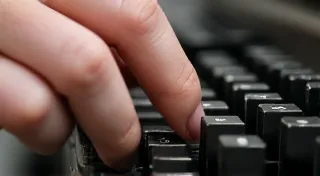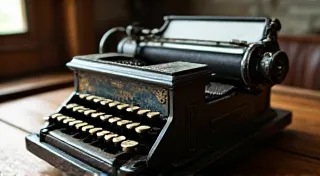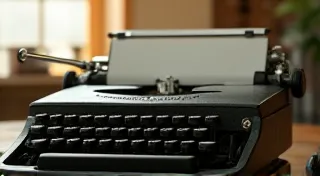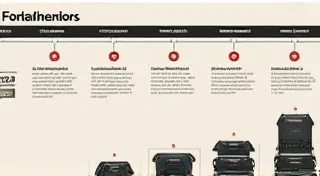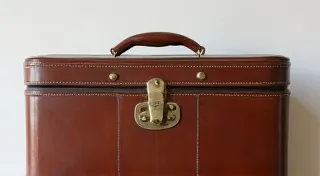Smith Corona Silent: Troubleshooting and Repair Guide
The Smith Corona Silent is a beloved vintage typewriter, known for its quiet operation and elegant design. However, like all vintage machines, it's prone to issues. This guide focuses specifically on troubleshooting and repairing common problems encountered with the Smith Corona Silent, providing tailored advice for owners and enthusiasts.
Understanding the Smith Corona Silent
Before diving into repairs, it’s helpful to understand the Silent’s mechanics. The 'Silent' designation refers to its dampened typebar mechanism, intended to reduce typing noise. This system, while effective, can also be a source of unique repair challenges. Familiarize yourself with the typewriter's major components: the carriage, typebars, escapement, platen, and the dampened typebar mechanism. Understanding the escapement, in particular, is vital, as it’s a source of many frustrating problems. Some intricate mechanisms, like those found in the Olympia SM9, demonstrate just how complex and beautiful these antique machines truly are.
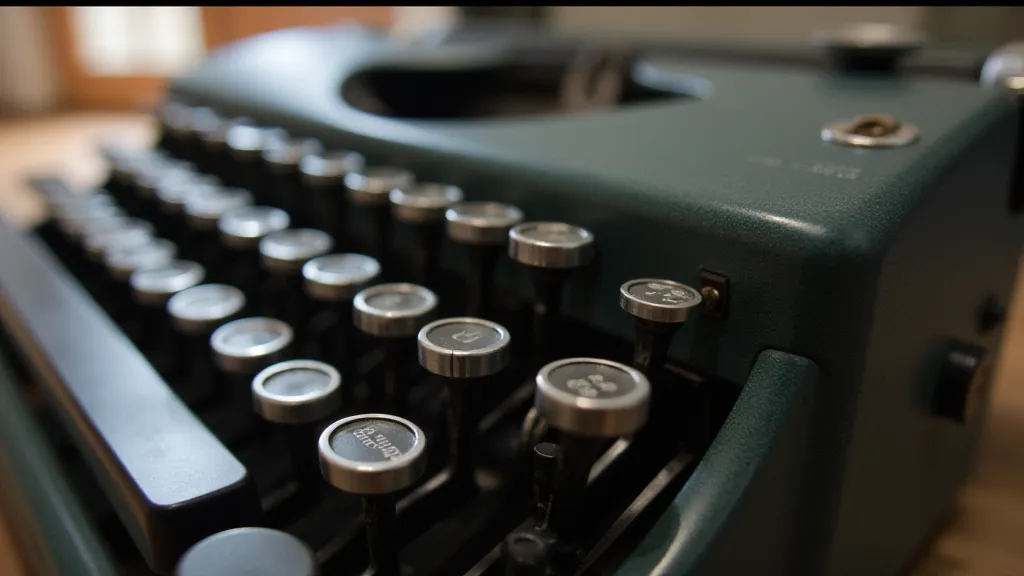
Common Problems and Troubleshooting
Here's a breakdown of common issues, along with potential causes and repair suggestions:
1. Carriage Lock Problems
The carriage lock, designed to secure the carriage in place, is a frequent point of failure. Issues include the lock failing to engage, failing to disengage, or exhibiting a sticky feel.
- Cause: Dirt and old lubricant buildup within the locking mechanism. Bent or damaged locking lever. Worn locking spring.
- Repair: Thoroughly clean the locking mechanism with a specialized typewriter cleaning solvent. Lubricate with a light typewriter oil. Inspect the locking lever for bends and straighten if necessary. Replace a worn spring.
2. Typebar Alignment Issues (Skewed Typing)
Skewed typing indicates that the typebars aren't striking the paper correctly. This can manifest as characters appearing slanted or off-center. Achieving perfect alignment isn’t just about mechanics; it’s a connection to the craftsmanship of an era, much like the detailed considerations found in The Ghost in the Gears: Unearthing Narrative Resonance in Neglected Underwood Models.
- Cause: Loose typebars. Bent typebars. Misaligned typebar carriage. Incorrectly installed typebars.
- Repair: Carefully inspect each typebar for damage or bending. Gently realign bent typebars using a specialized typebar alignment tool or, with extreme caution, small pliers. Check the typebar carriage for proper seating. If a typebar is damaged, consider replacing it (finding replacements can be challenging).
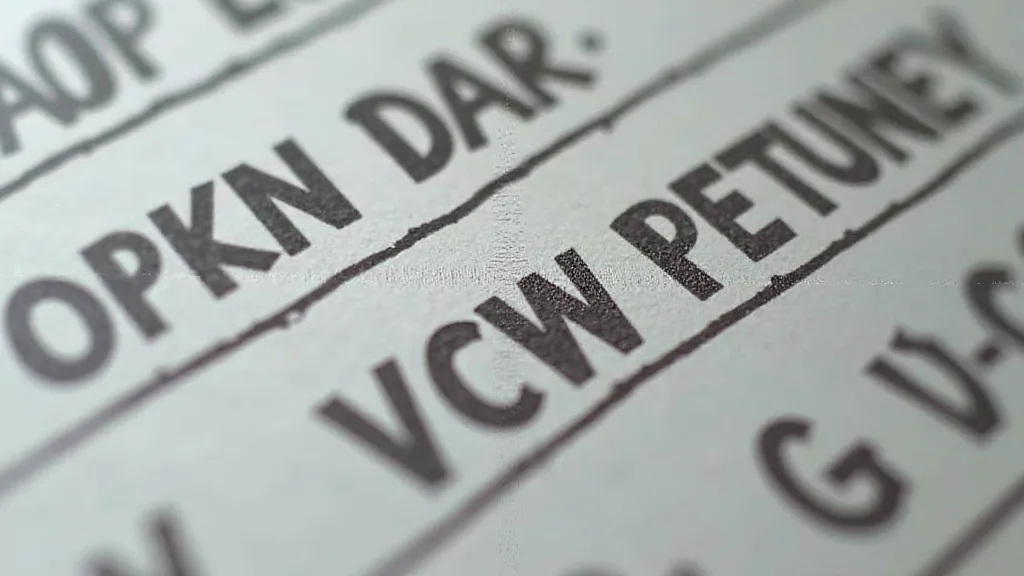
3. Sticking or Jumping Typebars
Typebars that stick or jump during typing indicate a problem with their release or movement. The rhythmic and sometimes unpredictable nature of these issues highlights a similarity to the complexities found in other vintage machines, where even the smallest imperfection can impact the overall typing experience.
- Cause: Dried lubricant. Dirt and debris. Bent release levers. A frozen escapement mechanism.
- Repair: Thorough cleaning and lubrication are essential. Examine the release levers for bends or damage. A frozen escapement needs careful disassembly, cleaning, and lubrication. This is a more advanced repair.
4. Platen Issues (Hard to Turn, Uneven Impression)
The platen, the rubber roller that presses the paper against the typebars, can also cause problems. The condition of the platen significantly affects the overall print quality and typing feel. Replacing a deteriorated platen can feel like restoring a vital organ within the machine, echoing the meticulous craftsmanship behind the The Cartographer’s Hand: Tracing the Evolution of Ribbons and the Tacit Poetry of Hermes Typewriters.
- Cause: Hardened rubber. Uneven wear. Damage.
- Repair: Cleaning can help temporarily. A severely hardened or damaged platen might require replacement or, in some cases, resurfacing (a specialized service).
5. Escapement Problems (Uneven or Inconsistent Margins)
The escapement controls the advance of the carriage. Issues manifest as uneven margins or incorrect spacing. The escapement is a critical component, and its proper function dictates the accuracy and consistency of the typing process. Diagnosing and repairing escapement issues often requires a keen eye and steady hand, qualities demanded by those who undertake restoring models like the Restoring the Escort Typewriter: A Unique Challenge.
- Cause: Dirt and corrosion. Worn escapement parts.
- Repair: Careful cleaning and lubrication are usually sufficient. More complex escapement repairs require disassembly and replacement of worn parts – best left to experienced technicians.
Important Considerations & Advanced Repair
Repairing vintage typewriters requires patience, attention to detail, and the right tools. Here are a few extra pointers:
- Cleaning is Crucial: Use a dedicated typewriter cleaning solvent. Avoid harsh chemicals that can damage the machine.
- Lubrication: Use a light typewriter oil, applied sparingly.
- Documentation: Take photos before disassembling anything, to aid in reassembly.
- Parts Availability: Parts for the Smith Corona Silent can be difficult to find. Search online typewriter parts suppliers.
- Advanced Repairs: Some repairs, especially those involving the escapement or intricate mechanisms, are best left to experienced typewriter repair technicians. Understanding the nuances of these machines is akin to appreciating the historical context of their creation, a concept explored in detail when considering models like the Underwood.
- Understanding the Dampening Mechanism: The Silent's dampened typebar mechanism is a key differentiator. Issues here can stem from dried lubricant or damage to the dampening felt. Careful inspection and lubrication are crucial for maintaining quiet operation. Consider it an exercise in fine-tuning, just as a cartographer might meticulously adjust their instruments.
- The Psychology of Typewriter Repair: There's a satisfying tactile connection to repairing a typewriter. The click of a lever, the scent of oil – these are sensory experiences that connect you to a bygone era. A successful repair is more than just fixing a machine; it's preserving a piece of history.

Conclusion
The Smith Corona Silent remains a beautiful and functional machine. With careful diagnosis, patient repair, and a little bit of elbow grease, you can keep your Silent typing smoothly for years to come. The dedication required for typewriter restoration, like the meticulous process of cleaning and lubricating each component, ultimately enhances the appreciation for these enduring pieces of mechanical artistry.

